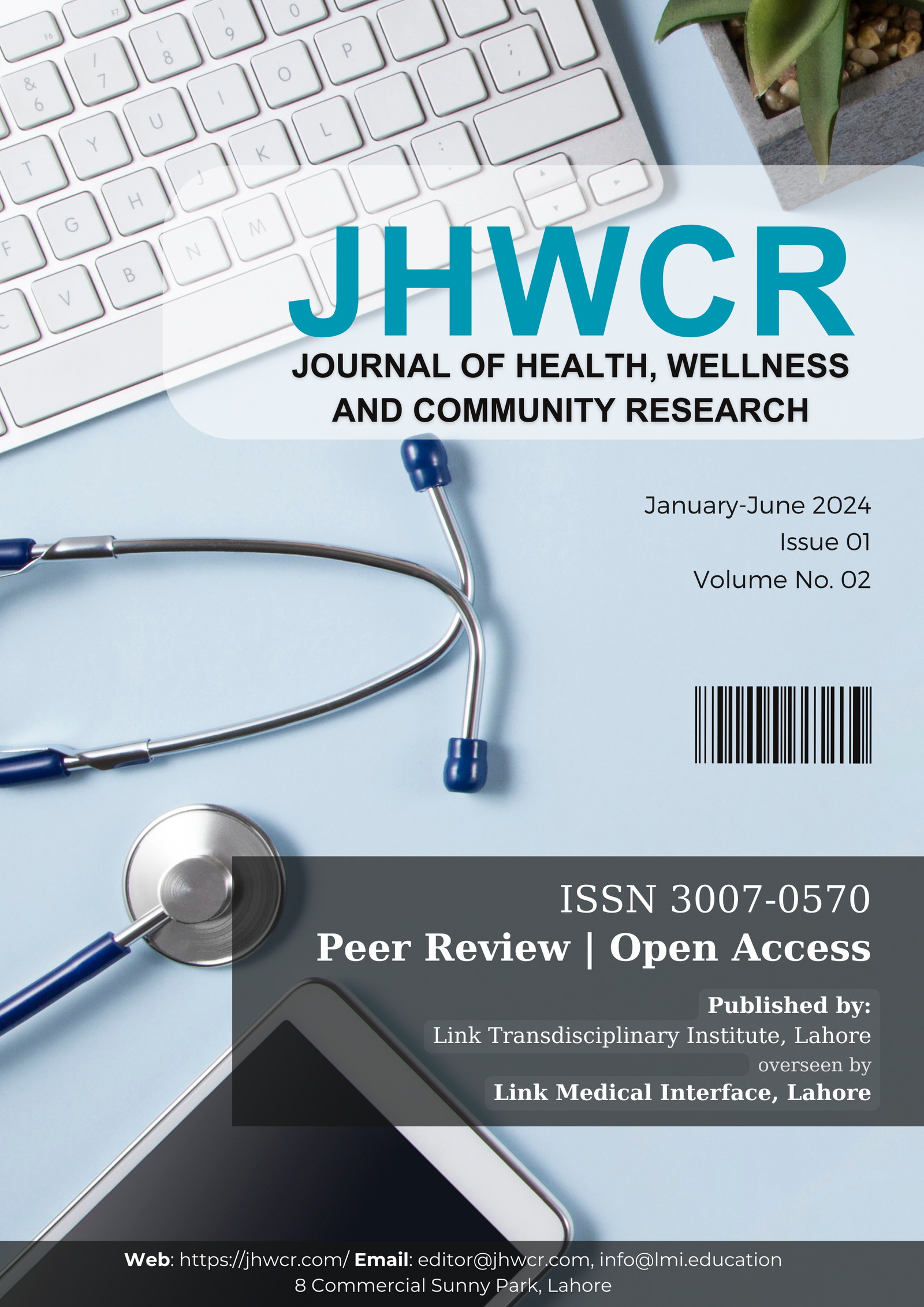Prevalence and Management Outcomes of Acute Appendicitis in Resource-Limited Settings: A Study from Quetta, Pakistan
DOI:
https://doi.org/10.61919/bt9jx011Keywords:
Appendicitis, Appendectomy, Laparoscopy, Diagnostic Imaging, Delayed Diagnosis, Surgical Wound Infection, PakistanAbstract
Background: Acute appendicitis remains a leading cause of emergency abdominal surgery worldwide, with diagnostic and management challenges accentuated in resource-limited settings such as Quetta, Pakistan. Objective: This study aimed to assess the prevalence, demographic characteristics, diagnostic approaches, management modalities, and outcomes of acute appendicitis at a major public hospital in Quetta, with emphasis on delayed presentation, surgical modality, and postoperative complications. Methods: This cross-sectional observational study included 76 patients diagnosed with acute appendicitis at BMC Quetta. Consecutive patients of all ages and both sexes presenting within the study period were included, excluding those with recurrent appendicitis or incomplete records. Data were prospectively collected from medical records and patient interviews, focusing on presentation timing, diagnostics, surgical and non-surgical management, and outcomes. Ethical approval was obtained from the institutional review board in line with the Helsinki Declaration. Statistical analysis was performed using SPSS (version 26.0), employing chi-square tests, t-tests, and logistic regression to compare groups and assess associations. Results: Of 76 patients, 57.9% presented after 24 hours of symptom onset; 68.4% underwent open surgery, 19.7% laparoscopic surgery, and 11.8% non-surgical management. Wound infection rates were significantly higher in the open group (28.8% vs. 6.7%, p=0.047), and mean hospital stay was longer (5.8 vs. 3.2 days, p=0.008). Delays exceeding 12 hours increased complication risk (OR 2.7, 95% CI 1.04–7.02). Conclusion: Acute appendicitis in Quetta is characterized by delayed presentation, predominance of open surgery, and a substantial risk of complications, underscoring the need for earlier diagnosis, enhanced access to minimally invasive surgery, and systemic improvements in emergency surgical care.
Downloads
Published
Issue
Section
License
Copyright (c) 2025 Samina Karim, Fida Ahmed, Muhammad Tahir, Shakira Dawood, Tahir Hussain (Author)

This work is licensed under a Creative Commons Attribution 4.0 International License.


